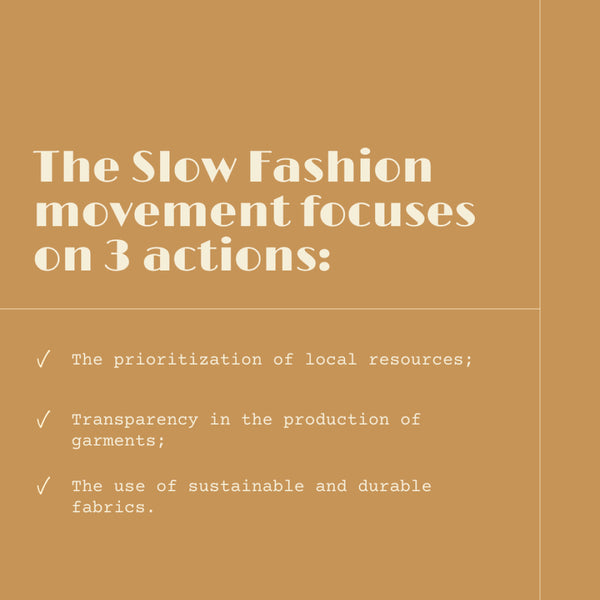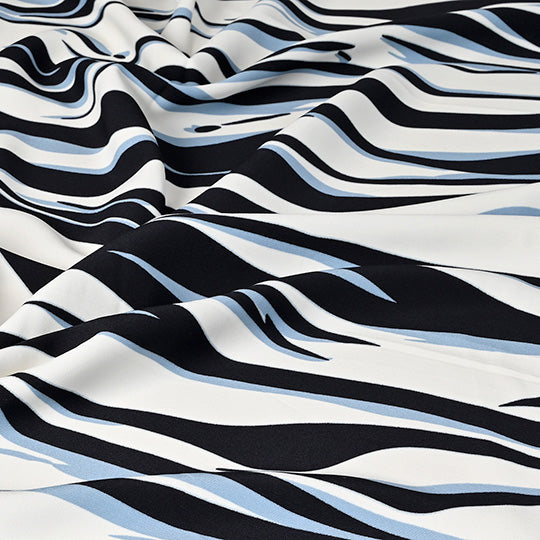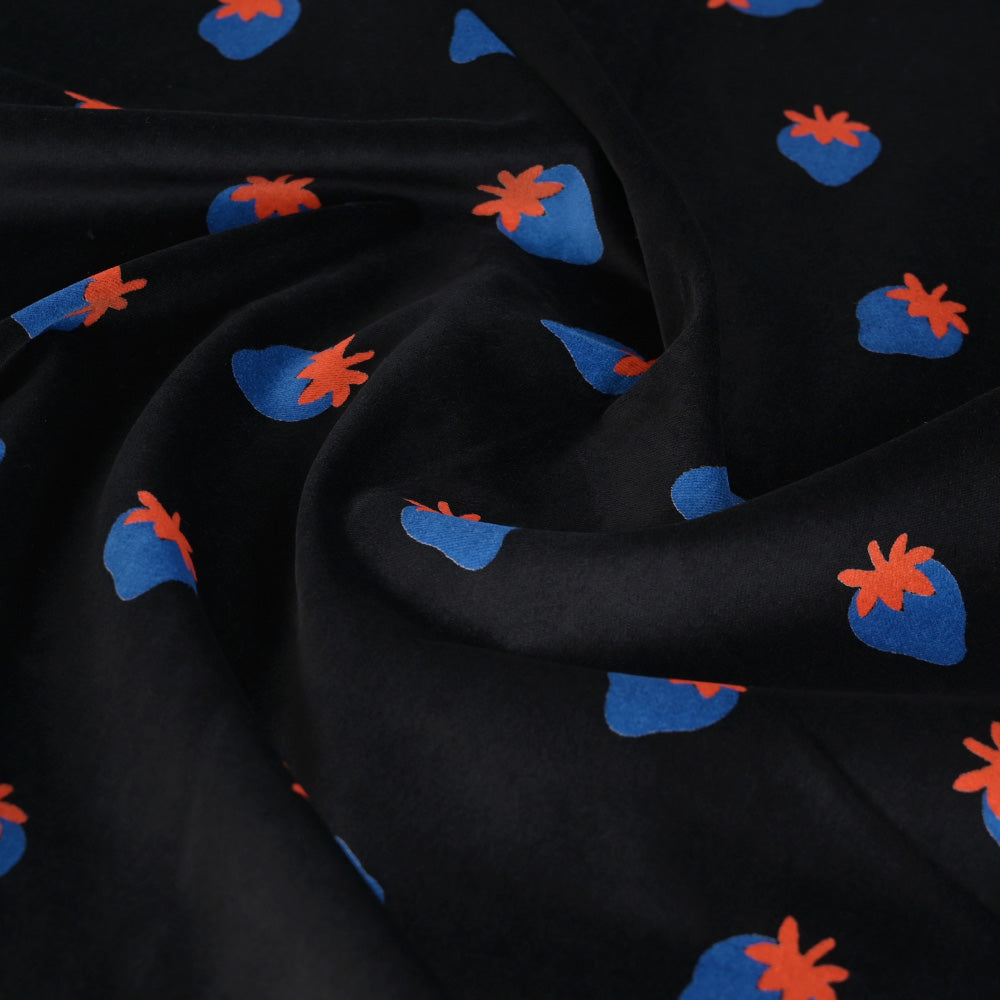
“Slow Fashion” was a concept that emerged in 2004 and it was created by the fashion writer Angela Murrills.
“Slow Fashion” appeared in the fashion world due to major concerns about the sustainability of the industry and in opposition to the expression “Fast Fashion”.
So, if the “Fast Fashion” concept means the fast consumption of clothing items produced industrially on a large scale with a massive exportation view, the term “Slow Fashion” is characterized by the opposite.
The “Slow Fashion” movement defends the production of clothing according to social rights, regarding the working conditions and environmental concerns related to the impacts that clothing production can cause on planet earth.
Therefore, we can say that the “Slow Fashion” movement is be based on very concrete and specific pillars, such as:
- The prioritization of local resources: the “Slow Fashion” movement prioritizes local production, consumers and local natural resources, in order to slow down the phenomenon of globalization in fashion as well as its excessive consumption and waste;
- Transparency in the production of garments: for “Slow Fashion” supporters, the production of garments must be carried out in a transparent way and, consequently, make the consumer aware of the real origin of the fabrics;
- The use of sustainable and durable fabrics: “Slow Fashion” supporters believe that if the garments are made from sustainable and more resistant fabrics, the pace of fashion consumption and waste will decrease.



Comment
To begin with, nobody is interested in talking to others about their financial situation or affairs. It is accurate to say that
https://www.bdwear.com/jeans-manufacture-in-bangladesh/